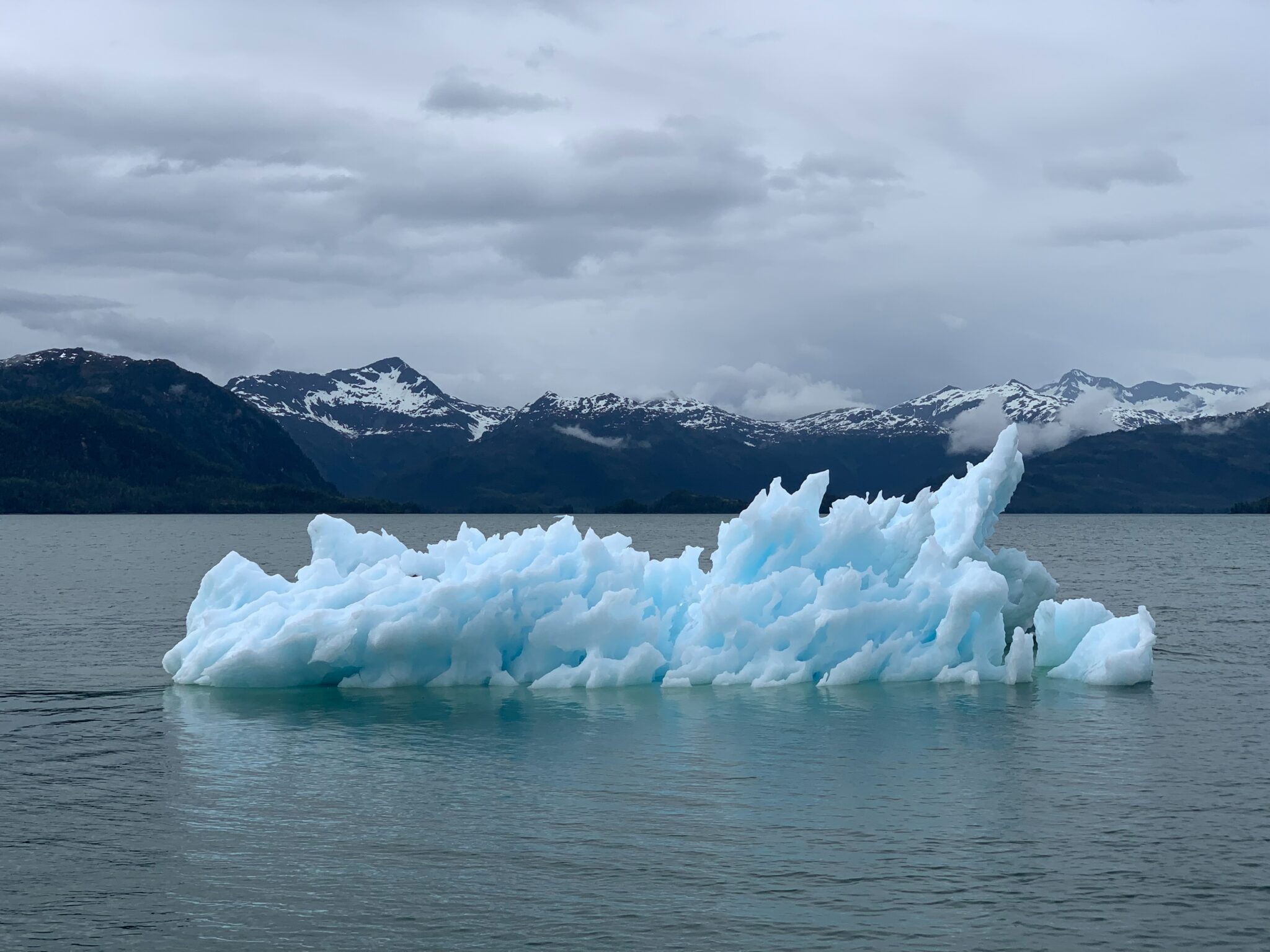
Lately, climate change has been at the top of many people’s minds. With temperatures rising and weather patterns becoming more extreme, the potential for damage to homes and properties is also increasing. As a homeowner, it’s important to consider how these changes could impact your home insurance in the future.
Some areas of the world have seen an increase in frequency and severity of weather-related events such as forest fires, or mudslides. If you live in an area where there is a regular weather-related threat, this means that your risk of experiencing property damage could increase, and your insurance premiums may go up as a result.
In addition to more frequent weather events, climate change could also lead to more gradual changes in your home’s value. For example, if your home is located near the coast and sea levels rise, the value of your property could decrease over time as the risk of flooding and other damage increases. This could lead to changes in your insurance coverage and premiums over time.
Another potential impact of climate change on home insurance is related to the types of damage that are covered. Traditionally, most home insurance policies cover damage caused by things like fire, theft, and severe weather events. However, as the effects of climate change become more pronounced, there may be new types of damage that are not currently covered by standard policies. For example, damage caused by wildfires or extreme heat may become more common, and insurers may need to adapt their policies to account for these new risks.
HOW TO PREPARE
What can you do to prepare for these potential impacts of climate change on your home insurance? One key step is to review your policy and make sure you understand what is covered and what is not. If you live in an area that is particularly vulnerable to weather-related damage, you may need to consider additional coverage or higher deductibles to protect yourself.
You can also take steps to mitigate your risk of damage from weather-related events. For example, if you live in an area prone to flooding, you could invest in flood-resistant construction materials or elevate your home to reduce the risk of water damage. Similarly, if you live in an area prone to wildfires, you could take steps to create a defensible space around your home and ensure that you have adequate insurance coverage in case of damage.
Climate change is a complex and multi-faceted issue that could have significant impacts on your home insurance. By understanding the risks and taking steps to prepare for them, you can help protect yourself and your home from the potential consequences of a changing climate.
Looking to get some expert advice on your home insurance policy? Our brokers would be more than happy to review your current policy and ensure that you have the right coverage in place.
